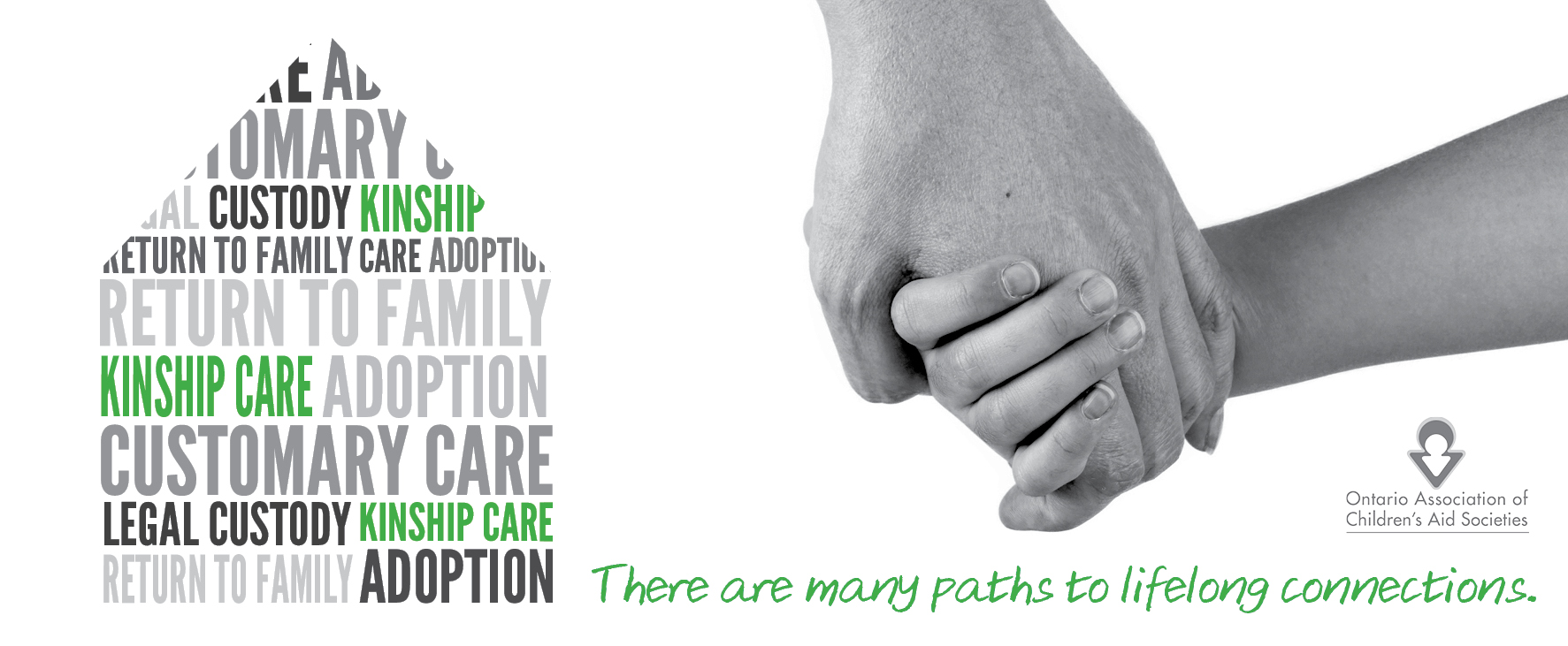Last year, almost 25% of children and youth needing temporary out of home placements in Ontario lived with kin families. The important role of kin families in child welfare was celebrated during Kin Awareness Week, which took place this week, September 24 to 28. “It is good news to see the number of kin placements increasing across the province,” says Mary Polgar, Senior Policy Analyst at OACAS. “We know from our direct work and through child welfare research that children and youth who require out-of-home placements do better when they are cared for within their family and community circles. With focused attention, we should be able to continue building on this success.”
Kin providers can be family members, or people who are known to the child, youth, or parent and who are able to provide a safe and nurturing home while primary caregivers address the challenges they are facing. This could include someone who has a close connection to the child or their family, such as a godparent, friend, teacher, or neighbour.
To learn about how kin families are changing Ontario child welfare for the better, click here. Or hear from a kin supervisor about how kinship families support child welfare’s commitments to Indigenous communities and African-Canadian families. Check out our kinship infographic to learn about the different kinship models.
And on behalf of the child welfare sector, thank you to all of the kinship care and service providers who are caring for children and youth across the province. You are integral to the work we do to keep children and youth safe and well, and families and communities strong.
